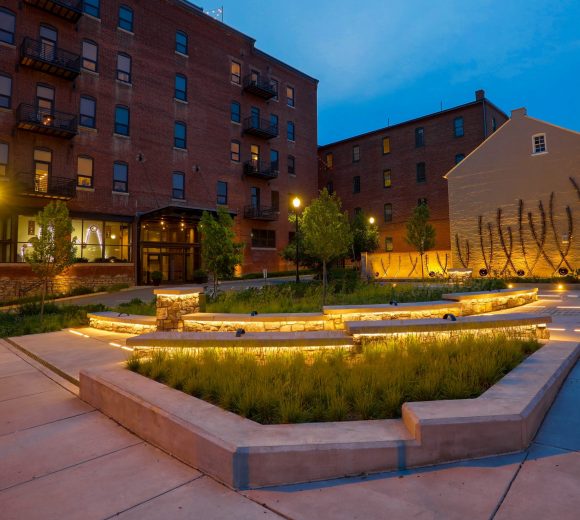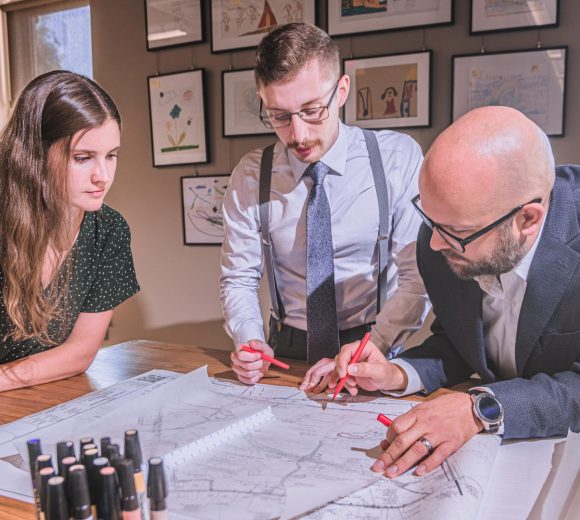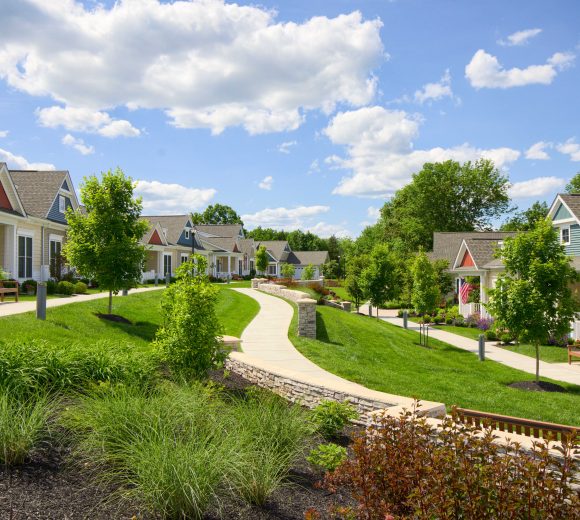Strategic Planning for Independent Living Expansion: A Preview of the LeadingAgePA Fall Finance Conference
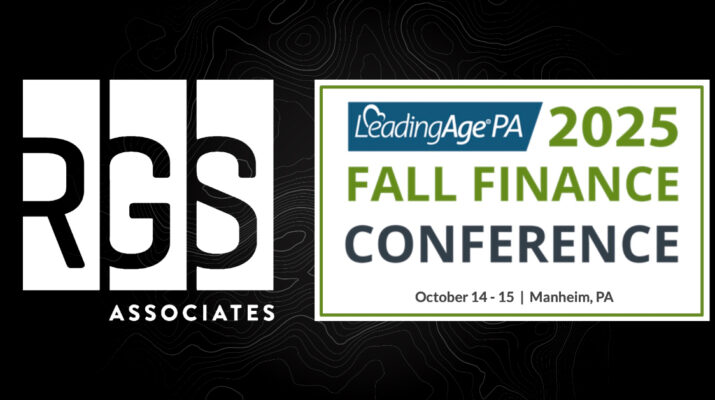
As the demand for independent living options continues to rise, senior living communities face an increasingly complex set of financial and planning decisions.
At the upcoming LeadingAgePA Fall Finance Conference being held in Manheim, PA, on October 14-15, Alex Piehl, RLA, Principal at RGS Associates, and Brad Brubaker, Director of Business Development at EGStoltzfus, will unpack the financial realities behind expansion projects. On the 15th, they’ll close the conference with their session, Strategic Planning for Independent Living Expansion: From Land to Lifestyle.
A Different Kind of Conference
While LeadingAgePA’s annual conference typically draws more than a thousand attendees from every facet of aging services in Pennsylvania, the Fall Finance Conference offers something different: focus.
With a smaller group, including community planning decision makers and other senior leaders, the Fall Finance Conference zeroes in on financial and operational strategy. It makes the fall conference an ideal forum for exploring the dollars-and-cents side of expansion projects, from upfront site feasibility to the long-term lifestyle choices that drive vitality.
From Land Development to Lifestyle Decisions

Alex and Brad bring decades of combined experience and a portfolio that includes more than 500 independent living cottages and landmark projects, like the Warwick Woodlands at Moravian Manor Communities. Their presentation will guide attendees through the entire project lifecycle, including: site feasibility, design and unit mix decisions, buyer experience tools, and forecasting budgets in a volatile market.
Every decision carries financial implications. For example, while maximizing the number of living units on a site may seem desirable, doing so often requires expensive infrastructure solutions, which may not be offset by the additional units gained. Understanding the cost implications of different design decisions as early as possible should be part of the process.
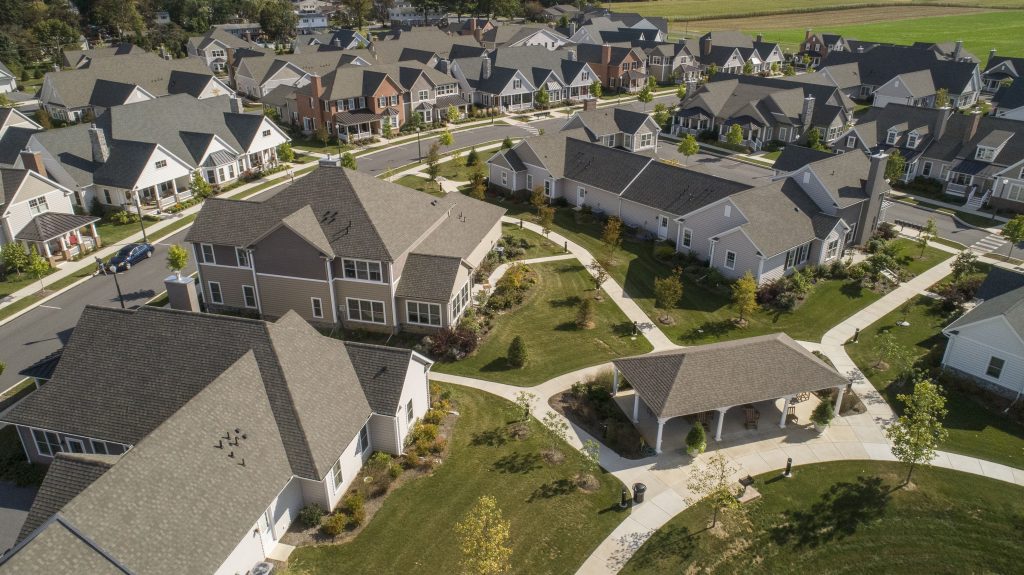
“The easier-to-develop sites are largely gone,” Alex notes. “Now we’re often working with properties with environmental features like steeper slopes, wetlands, streams, floodplains, woodlands, etc… Understanding the costs of making those sites work—and what return they can deliver—is essential.”

Often, the first surprise for providers comes when a property isn’t as large or as usable as it looks on a deed or on tax maps. Alex recalled an 80-acre site where nearly half of the land was in a floodplain, leaving only about 40 to 45 acres for actual development.
“Are you buying an 80-acre property or are you buying, what is essentially a 40-acre property?” he said. “It’s important to know as much as possible about what can and can’t be done.”
That kind of early feasibility analysis is essential for understanding not only what can realistically be built, but also at what cost.
Real Costs, Beyond Bricks and Mortar
Often overlooked are the costs that don’t show up in materials.
Alex points to off-site easements, utility system upgrades, water and sewer capacity charges (EDUs), and even park and recreation fees as line items that can quickly add hundreds of thousands of dollars to a project if not accounted for early.
One recent project avoided significant park and recreation fees because the CCRC qualified as “institutional use” rather than “residential,” highlighting just how much a property’s classification and RGS’ knowledge of land use codes can matter.
The Case for Early Collaboration
While RGS is typically engaged at the outset for feasibility and entitlement work, bringing a general contractor like EGStoltzfus into the conversation early has clear financial advantages. During their presentation at LeadingAge, Brad will highlight examples of how early coordination between design and construction teams can prevent costly redesigns, avoid approval delays, and uncover opportunities for value engineering.
Alex recalled that in years past, it wasn’t cost-effective for designers or contractors to spend time reducing PVC pipe sizes from the bottom to the top of a roof drain collection system. Today, however, with the sharp rise in material costs, those once-minor adjustments can add up to more than $10,000 in cost savings for a single apartment building. Multiply those efficiencies across an entire expansion, and the savings add up quickly.
Expansions That Drive Vitality
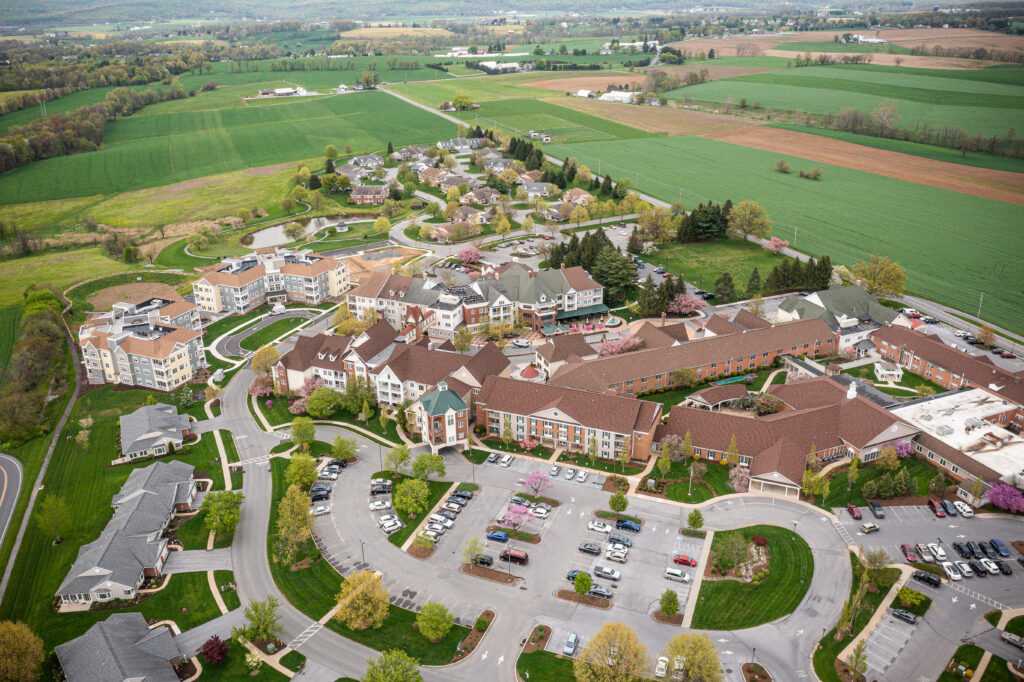
Of course, financial feasibility doesn’t stop with site improvements. Senior living communities must balance cost control with investments that enhance resident life and appeal to future buyers. Amenities like walking trails, dining venues, or cultural centers can strengthen a community’s image and sales potential.
“The question always comes back to ROI,” Alex said. “What amenities add value, and how do they contribute to the vitality of the community?”
Recent examples illustrate this balance:
- Pleasant View Communities was very intentional during the West Lawn Heights apartment project to set aside land in the heart of the community for open space. RGS worked with Pleasant View to turn that area into pickleball, bocci, cornhole, and shuffleboard courts for their residents.
- Moravian Manor understood the importance of social interaction and creating destinations for their residents and visitors to gather throughout their Warwick Woodlands community. The design of Warwick Woodlands focused on streets lined with front porches in proximity to sidewalks along each street. The sidewalk network with Warwick Woodlands connects residents to historic Lititz as well as internal gathering spaces like the tranquility garden, pavilions, and The Owl’s Nest restaurant in the Woods Building, which is open to the public.
- Tel Hai also set aside a large open space as part of its 25 Year Master Plan project, allowing for a mix of gathering and recreation spaces. Amenities surrounding their clubhouse building include a tennis court, amphitheater, event lawn, and garden space.
These strategies for integrating active and passive outdoor amenity spaces help differentiate communities in a competitive market, creating an active and engaging environment that families want to see when visiting communities. Play areas for grandchildren, resident walking trails, and other lifestyle amenities bring a community alive with activity.
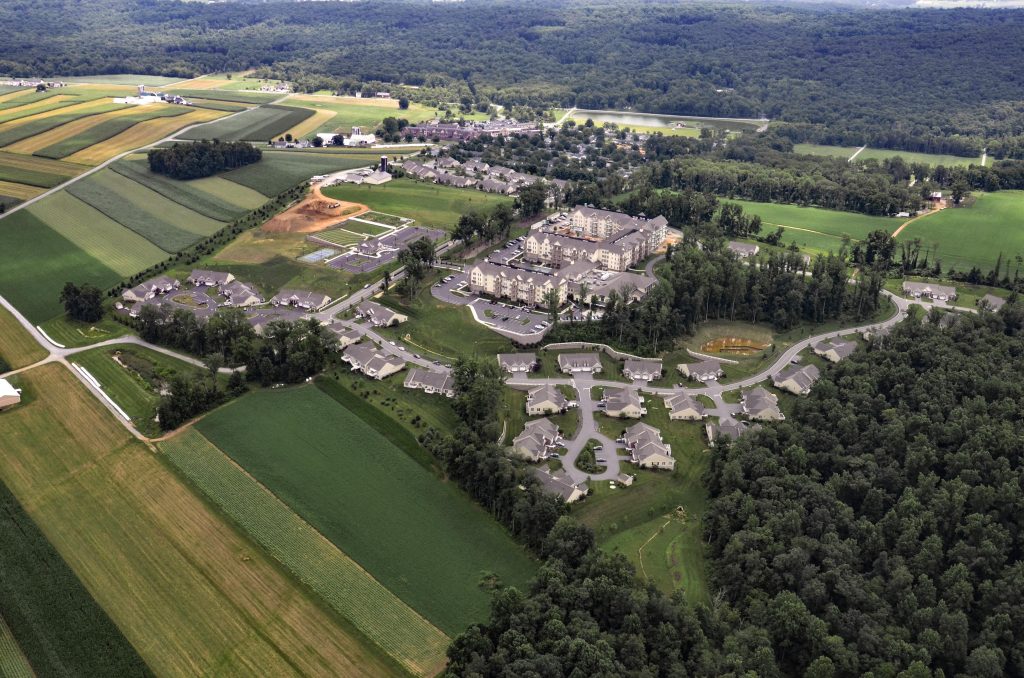
Why This Session Matters
For community planning decision makers attending the Fall Finance Conference, the takeaways are both practical and strategic. Site readiness, entitlement hurdles, and construction realities directly affect project budgets. At the same time, choices about amenities and integration with the surrounding community influence long-term occupancy and financial performance.
By drawing on lessons learned from decades of projects in senior living, Alex and Brad will provide attendees with a candid look at what it takes to launch independent living expansions that can be both financially viable and lifestyle-driven.
Looking Ahead
At its core, this session at the conference reinforces what RGS Associates and EGStoltzfus have long believed: thriving senior living communities are built at the intersection of sound planning, thoughtful design, and financial discipline.
From feasibility studies to final approvals, RGS partners with providers to create spaces that not only work on paper but also enrich the lives of residents and their families.


